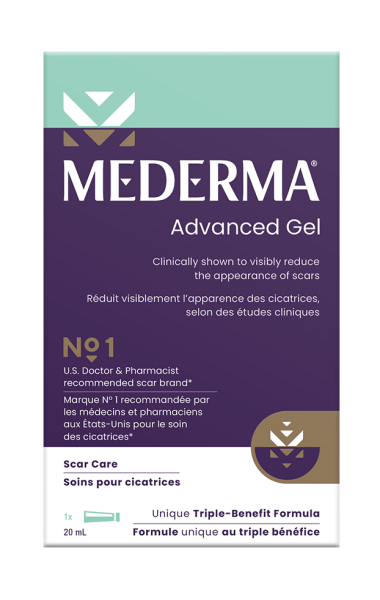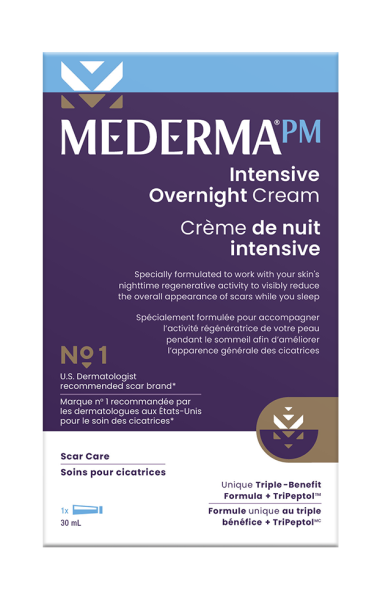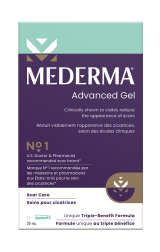It is nearly impossible to get through life without getting a few skin injuries along the way. While they weren’t bothering you until now, maybe are you tired of seeing a particular scar on your body and perhaps you may be thinking about trying to get rid of it. Keep reading if you want to learn more about removing and caring for old scars.
- Old scars can be cared for with positive results
- There is a range of scar care products available
- It may take weeks before you start to see results
In this article:
- What causes a scar?
- What are the different types of scars and how do you prevent them?
- What if I have older scars?
- Things to remember
- References
What causes a scar?
When your skin is injured, whether it is the result of a cut, surgery, burn or acne, a scar is often formed as a natural consequence of the skin healing process. Scars form due to excessive collagen produced at the site of injury[1].
There are a number of different types of scars which occur for different reasons. Factors influencing the type of scars an individual can get, include family history, skin type and genetics [5].
These include:
- Hypertrophic and keloid scars are a common result of cuts or incisions to the skin – whether through surgery or injury. [2]
- Atrophic and contracture scars are usually the result of acne and burns respectively [2,3,4].
The best remedy for scars is prevention – so taking good care of your injured skin is the best way to prevent scars from becoming too visible. A fine scar resulting from a well healed wound is likely to fade away by itself whereas a wide scar resulting from a wound that has not healed properly will take more time to fade. Keeping your wound clean, moist and protected from the sun will minimise scar formation. It’s also a good idea to maintain a well-balanced diet and avoid smoking[6].



